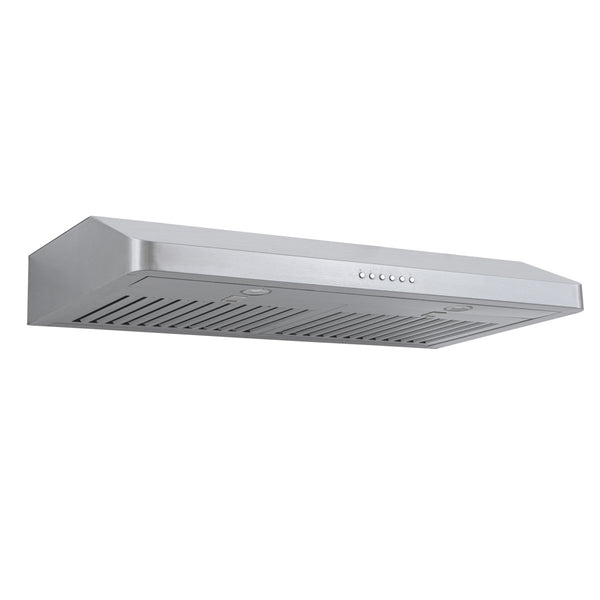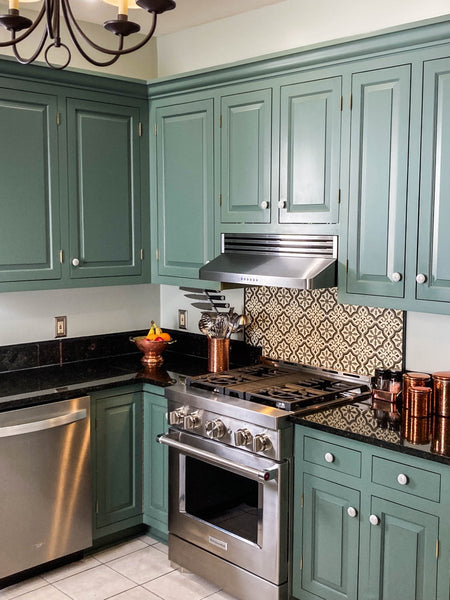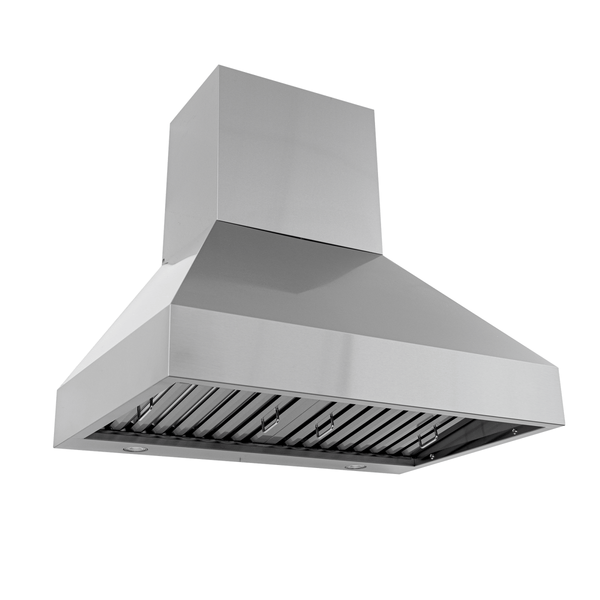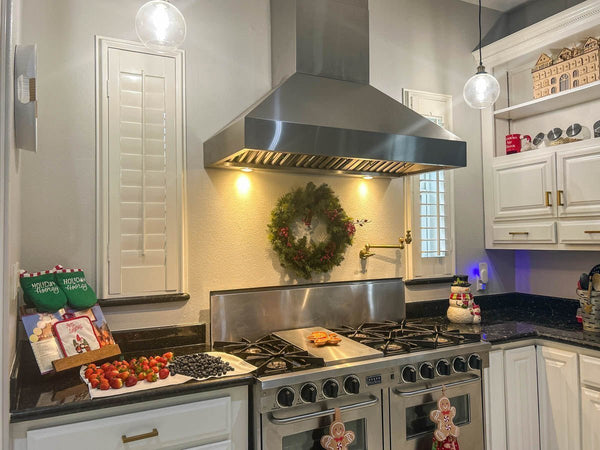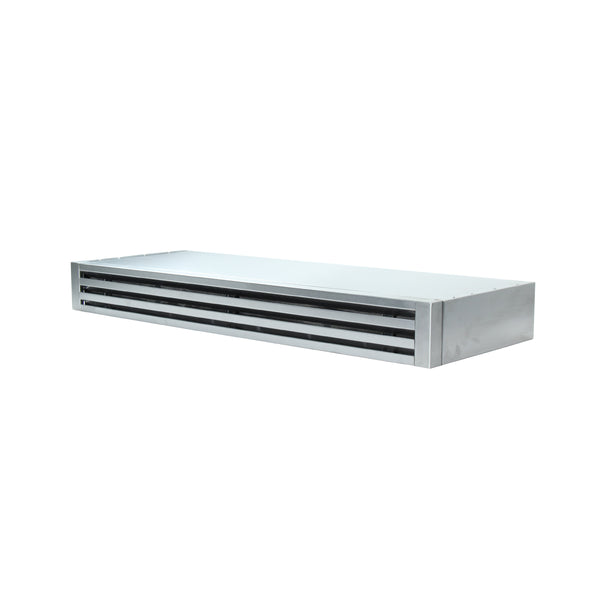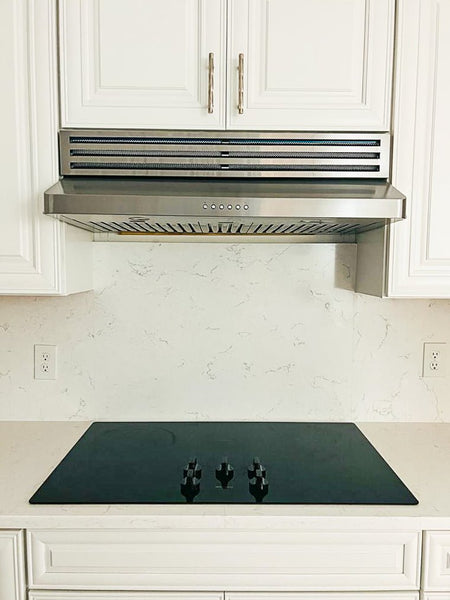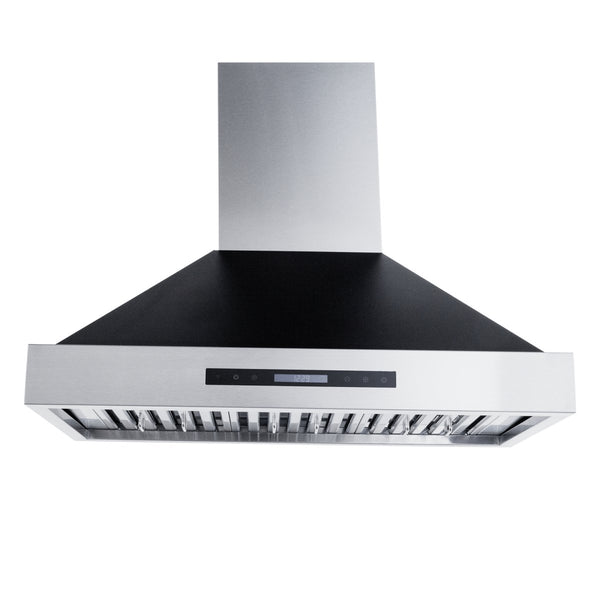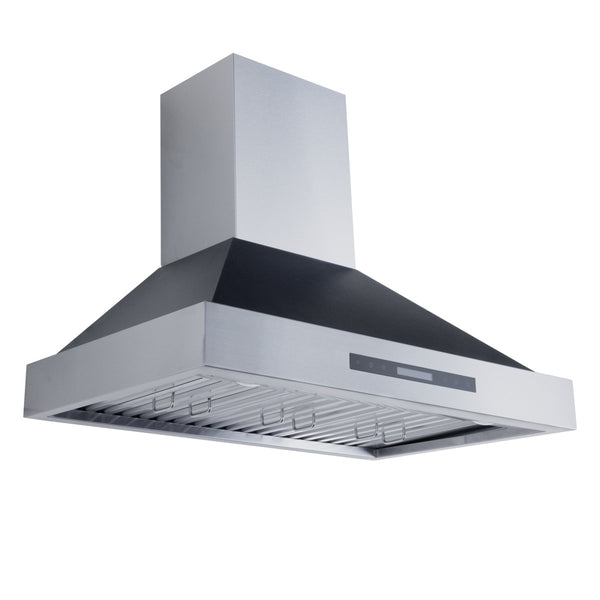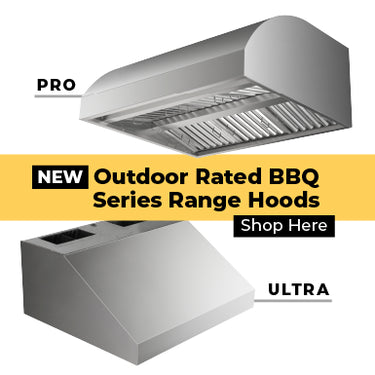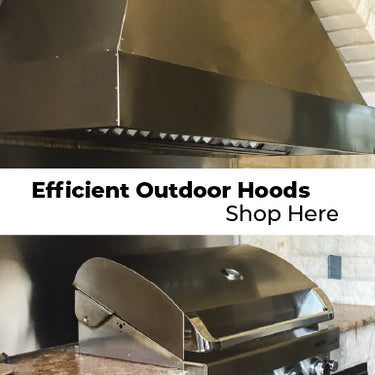Table of Contents Quality Usage Maintenance Good Installation Problems That Can Shorten a Range Hood’s Life How to Extend Your Range Hood’s Life Final Thoughts...
View Details
Table of Contents Understanding and Maintaining Your Range Hood Quick Troubleshooting Guide Range Hood Fan Motor Replacement Range Hood Ducting and Venting Requesting Replacement Parts...
View Details
Join Our Growing Network of Contributors Thank you for your interest in writing for Proline range hoods! We're always looking for fresh voices, expert insights,...
View Details
A well-maintained kitchen is the heart of a home. It's where meals are prepared and memories are made. But what keeps this heart healthy? The...
View Details
In today's digital age, the online distribution of range hoods has revolutionized the way consumers access and purchase these essential kitchen appliances. Range hoods, also...
View Details
Are you in the market for a high-quality range hood that combines performance with style? Proline Range Hoods offers premium ventilation solutions for your kitchen,...
View Details
Table of Contents 1. PLJW 185 Under Cabinet Range Hood 2. PLFW 520 Wall Mount Range Hood 3. PLJI 103 Island Range Hood 4. PLFW...
View Details
Search For Something Special...
- Choosing a selection results in a full page refresh.
